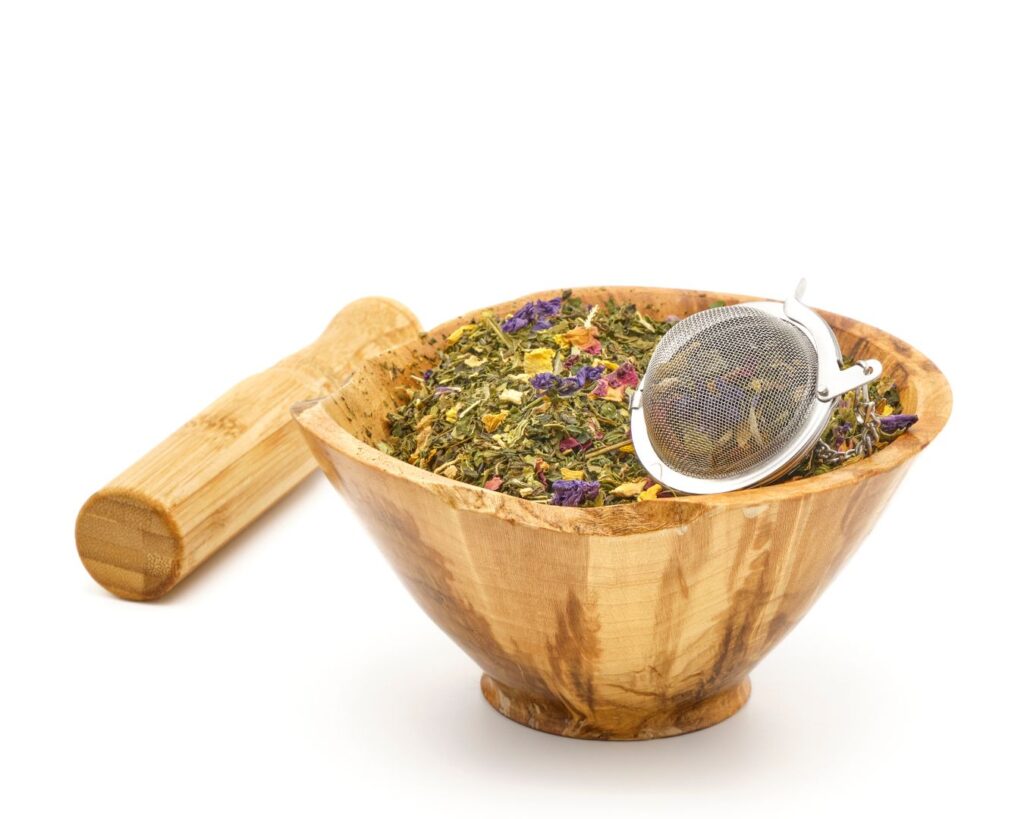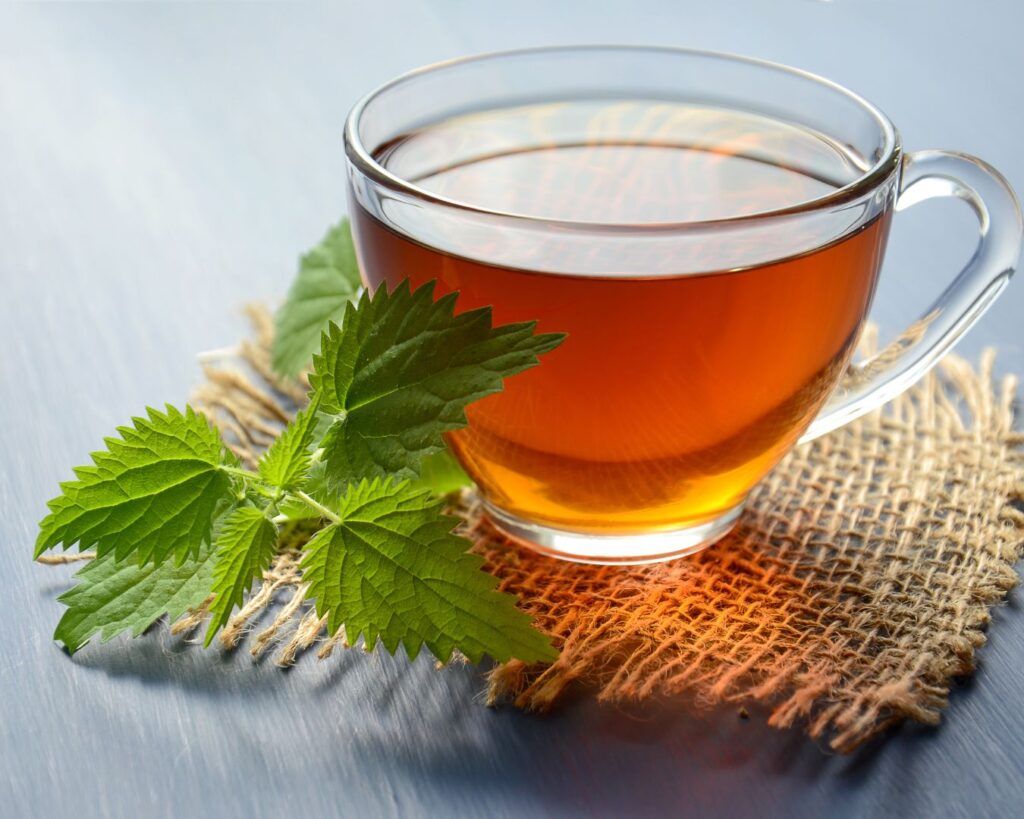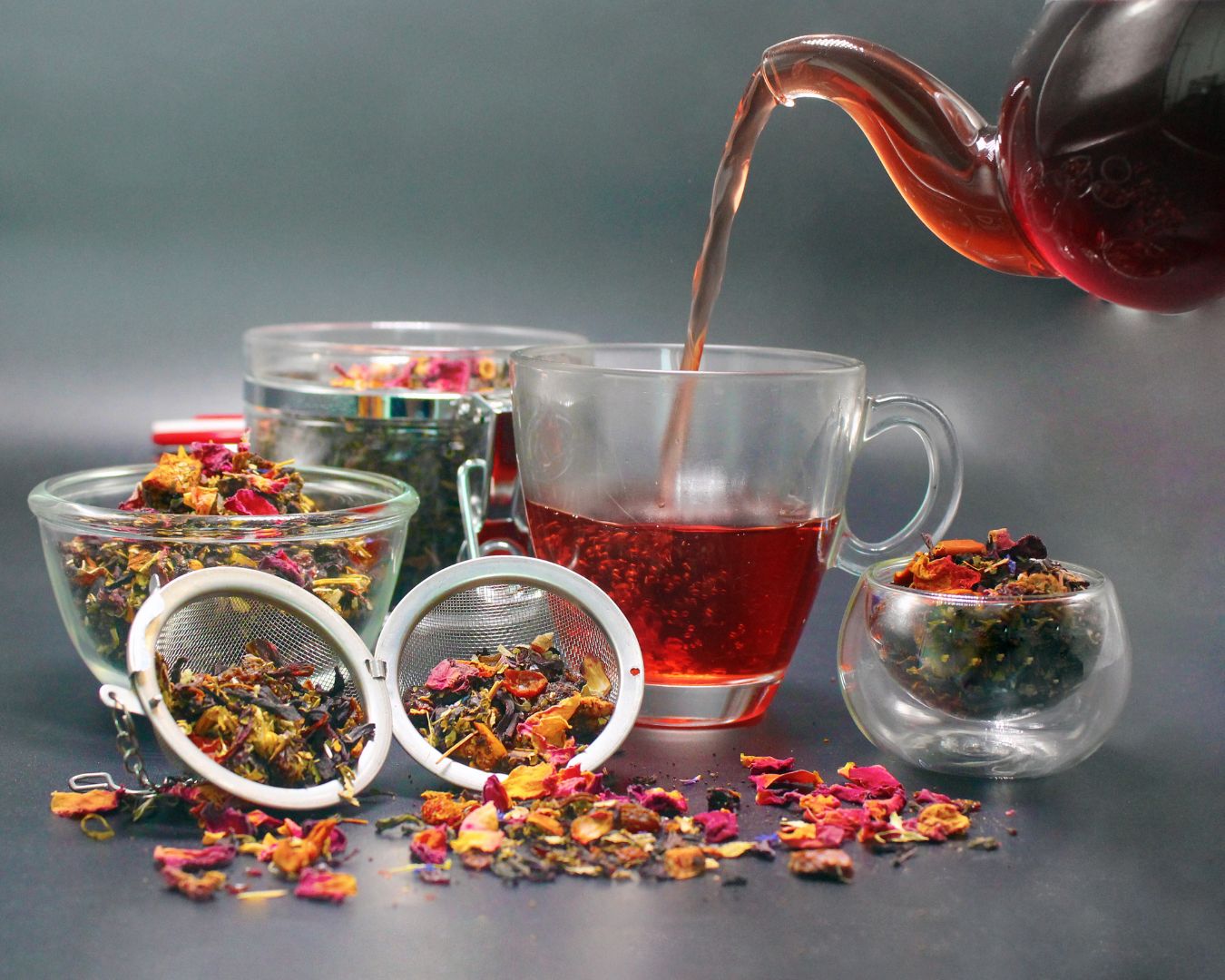How to Blend Your Own Herbal Teas at Home
Blending your own herbal teas at home can be a fun and rewarding experience. Whether you’re creating a personalized blend for relaxation, digestion, or simply to enjoy new flavors, making herbal teas allows you to customize your beverage to suit your needs and taste preferences. Plus, it’s an excellent way to tap into the natural health benefits of herbs, flowers, and spices. In this blog post, we’ll explore how to blend your own herbal teas, what ingredients to use, and tips for crafting the perfect tea.
The Basics of Herbal Tea Blending
Herbal teas, also known as tisanes, are created by steeping herbs, flowers, spices, and sometimes fruits in hot water. The key to crafting your own blend lies in selecting complementary ingredients based on flavor and function. Generally, a good herbal tea blend will consist of three main components:
- Base herbs: The main body of your tea, often mild in flavor, which forms the foundation.
- Accent herbs: These are added to enhance the flavor or aroma.
- Functional herbs or spices: These ingredients are chosen for their medicinal properties or bold flavors.

Steps to Blending Herbal Teas
1. Choose Your Base Herbs
Your base herbs will form the majority of your tea blend. These herbs typically have a neutral or mild flavor, allowing other ingredients to shine through. Some common base herbs include:
- Rooibos: Caffeine-free and slightly sweet, with a full-bodied flavor.
- Chamomile: Light, floral, and soothing, perfect for relaxation.
- Peppermint or Spearmint: Refreshing and cool, excellent for digestion and as a flavor base.
- Lemon balm: Mildly citrusy with a calming effect, great for stress relief.
2. Add Accent Herbs or Flowers
Next, add accent herbs or flowers to elevate the flavor of your base. Accent herbs typically have strong aromatic qualities and can add a burst of flavor. Some options include:
- Lavender: Adds a floral, calming aroma.
- Rose petals: Sweet and fragrant, with a mild flavor.
- Citrus peels (orange, lemon): Zesty and bright, perfect for balancing earthy herbs.
- Ginger root: Spicy and warming, great for adding depth.
3. Incorporate Functional Herbs or Spices
Functional herbs and spices are chosen for their therapeutic benefits or strong flavors. These can give your tea specific health properties, such as aiding digestion, reducing stress, or boosting immunity. Common functional herbs include:
- Ginger: Known for anti-inflammatory properties and promoting digestion.
- Echinacea: Used to boost immunity and fight off colds.
- Turmeric: Anti-inflammatory and antioxidant-rich.
- Cinnamon: Adds warmth and depth to the blend, also helps with blood sugar regulation.
- Fennel seed: Promotes digestion and adds a mildly sweet flavor.
4. Experiment with Flavor Pairings
The beauty of blending your own teas lies in experimentation. Consider these flavor pairings to guide you:
- Mint + Lavender + Lemon Balm: A refreshing and calming blend, perfect for an evening wind-down.
- Chamomile + Rose + Cinnamon: A soothing floral blend with a hint of spice.
- Rooibos + Ginger + Orange Peel: A warming, slightly sweet tea with a citrusy zing.
- Peppermint + Ginger + Fennel: A digestive blend that’s both refreshing and soothing.
5. Balance the Ratios
When blending, it’s essential to balance the amounts of each herb. A typical ratio would be:
- 3 parts base herb
- 1 part accent herb
- 1 part functional herb
You can adjust these ratios depending on your taste. Start small and taste the blend as you go, adding more of each ingredient until you find the perfect balance.
6. Steep and Enjoy
Once you’ve created your blend, it’s time to brew! For herbal teas, steep 1 to 2 teaspoons of the dried blend in hot water for 5 to 10 minutes. The longer the steep time, the stronger the flavor. You can also experiment with cold-brewing by steeping your tea blend in cold water for several hours in the refrigerator.

Popular Herbal Tea Blends to Try
Here are a few simple recipes to get you started on your herbal tea-blending journey:
1. Calming Chamomile Lavender Tea
- 3 parts chamomile
- 1 part lavender
- 1 part lemon balm
This blend is perfect for promoting relaxation and sleep.
2. Citrus Mint Digestive Tea
- 3 parts peppermint
- 1 part lemon balm
- 1 part orange peel
- 1 part fennel seed
A refreshing tea that aids in digestion and soothes the stomach.
3. Warming Ginger Spice Tea
- 3 parts rooibos
- 1 part ginger root
- 1 part cinnamon
- 1 part turmeric
This blend is warming and comforting, perfect for cold days or when you need an immune boost.
Storage Tips for Herbal Tea Blends
Once you’ve created your blends, proper storage is crucial to maintain freshness and potency. Here’s how to store your homemade herbal teas:
- Airtight containers: Store your blends in airtight containers, preferably glass jars, to keep them fresh and protect them from moisture.
- Cool, dark place: Keep the jars in a cool, dark cupboard to prevent exposure to sunlight, which can degrade the herbs.
- Labeling: Make sure to label your jars with the blend’s ingredients and date, so you know when they were made.
Blending herbal teas at home is a simple and enjoyable way to explore new flavors, while also benefiting from the healing properties of herbs. With endless combinations of herbs, spices, and flowers, you can craft a tea blend tailored to your needs and preferences. Whether you’re looking to relax, boost your digestion, or simply enjoy a delicious drink, herbal teas offer a natural and flavorful solution. So, grab your favorite herbs, experiment with blends, and enjoy the process of creating your own signature tea!

